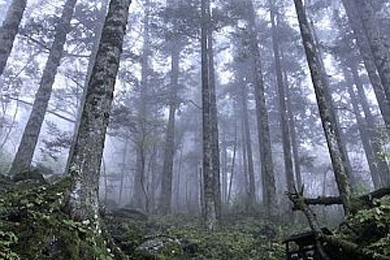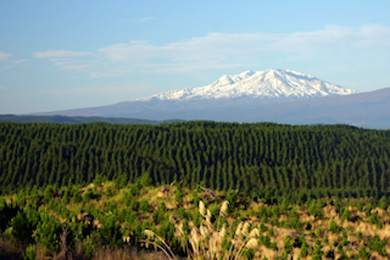As governments around the world turn to the benefits of sustainable forest management and forest products to support climate action and post-pandemic economic recovery, a new agreement struck recently at the World Forestry Congress in Seoul will help advance forestry solutions and policy dialogue around the world – The United Nations Forum on Forests (UNFF) Secretariat and the International Council of Forest and Paper Associations (ICFPA) announced a new partnership that will make ICFPA the focal of the forest sector globally, providing a framework for the two organizations to work together to discuss and implement forest-related policies and agreements that are good for people and the planet.
“The United Nations Strategic Plan for Forests 2017-2030 calls for a world where forests are sustainably managed, contribute to sustainable development, and provide economic, social, environmental, and cultural benefits for present and future generations. An estimated 1.6 billion people, or 25% of the global population, rely on forests for their subsistence needs, livelihoods, employment, and income. The private sector is fundamental in the promotion and implementation of sustainable forest management, so working with our partners in the forest industry will be critical to our ultimate success and we are delighted to have ICFPA supporting the UN Forum on Forests in this important work,” says Barbara Tavora-Jainchill, Programme Management Officer, Forest Affairs for the United Nations Forum on Forests Secretariat.
“There is no path to a lower carbon economy without sustainable forest management and sustainably sourced forest products. This new collaboration between ICFPA and UNFF will allow us to advance policy insights and learnings across international borders to build a resilient global economy – one that creates greater economic and social opportunities for the nearly 2 billion people who live in or near forested communities around the globe,” says Derek Nighbor, President, International Council of Forest and Paper Associations.
See other Sustainability related posts here.




